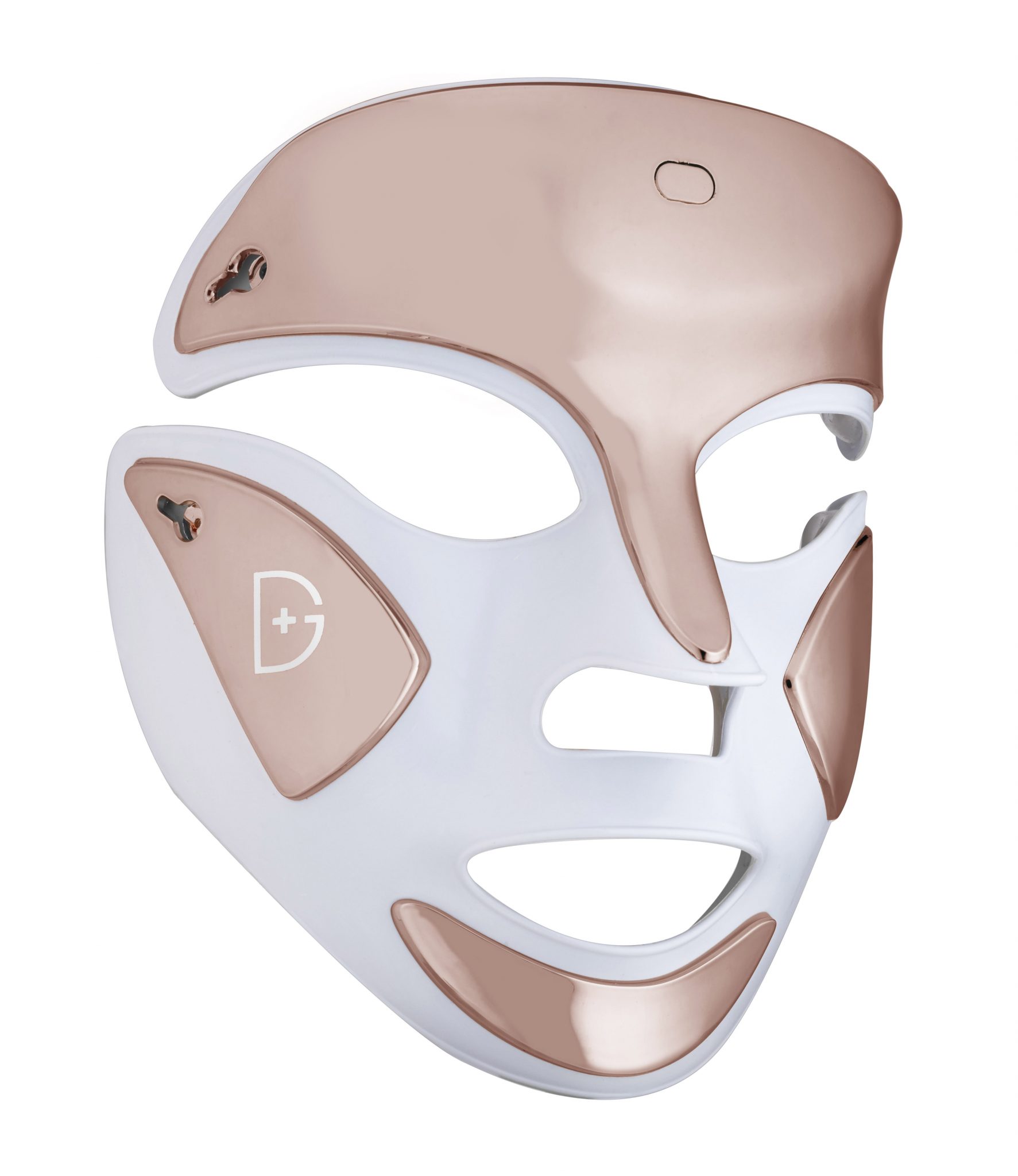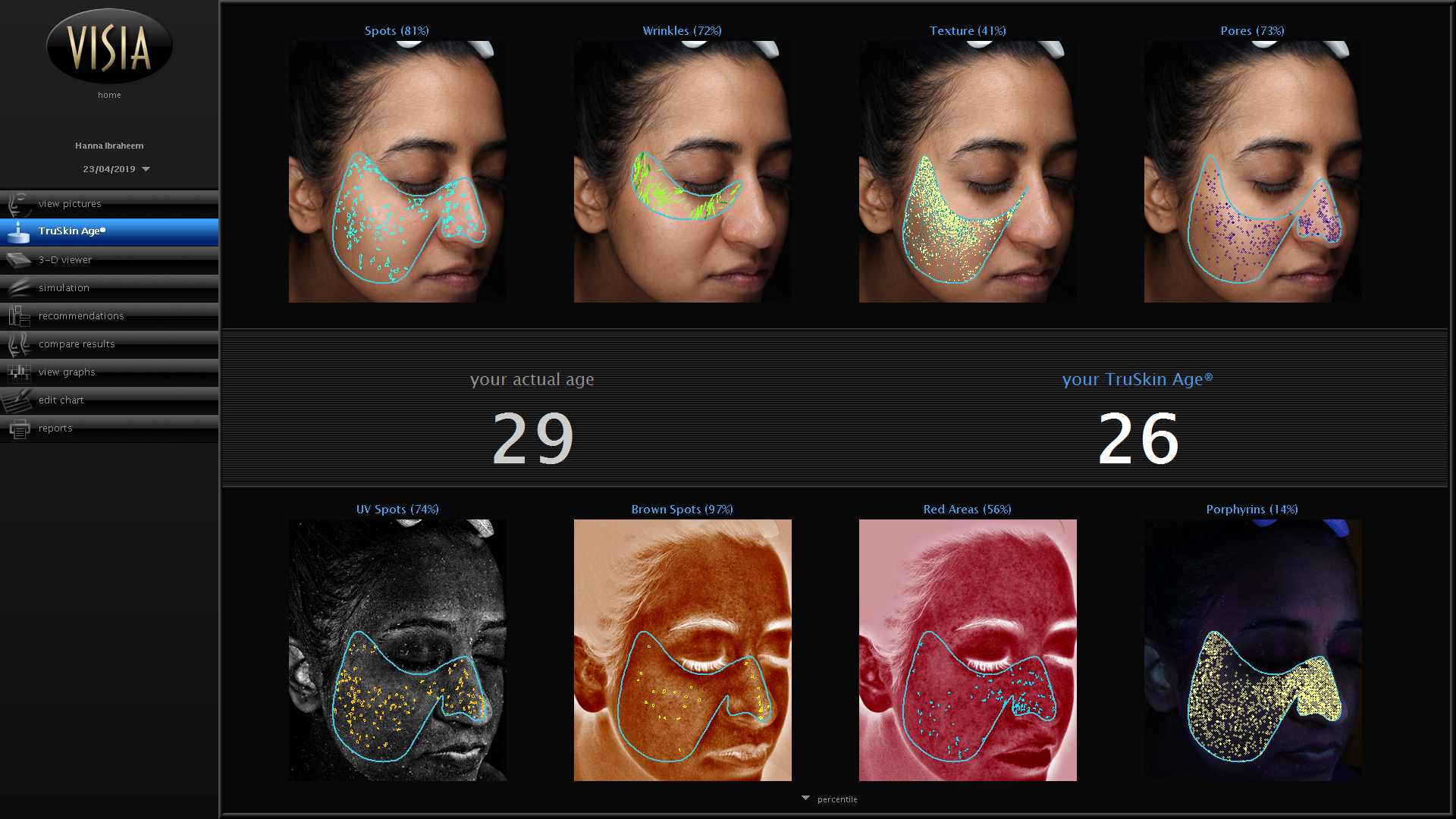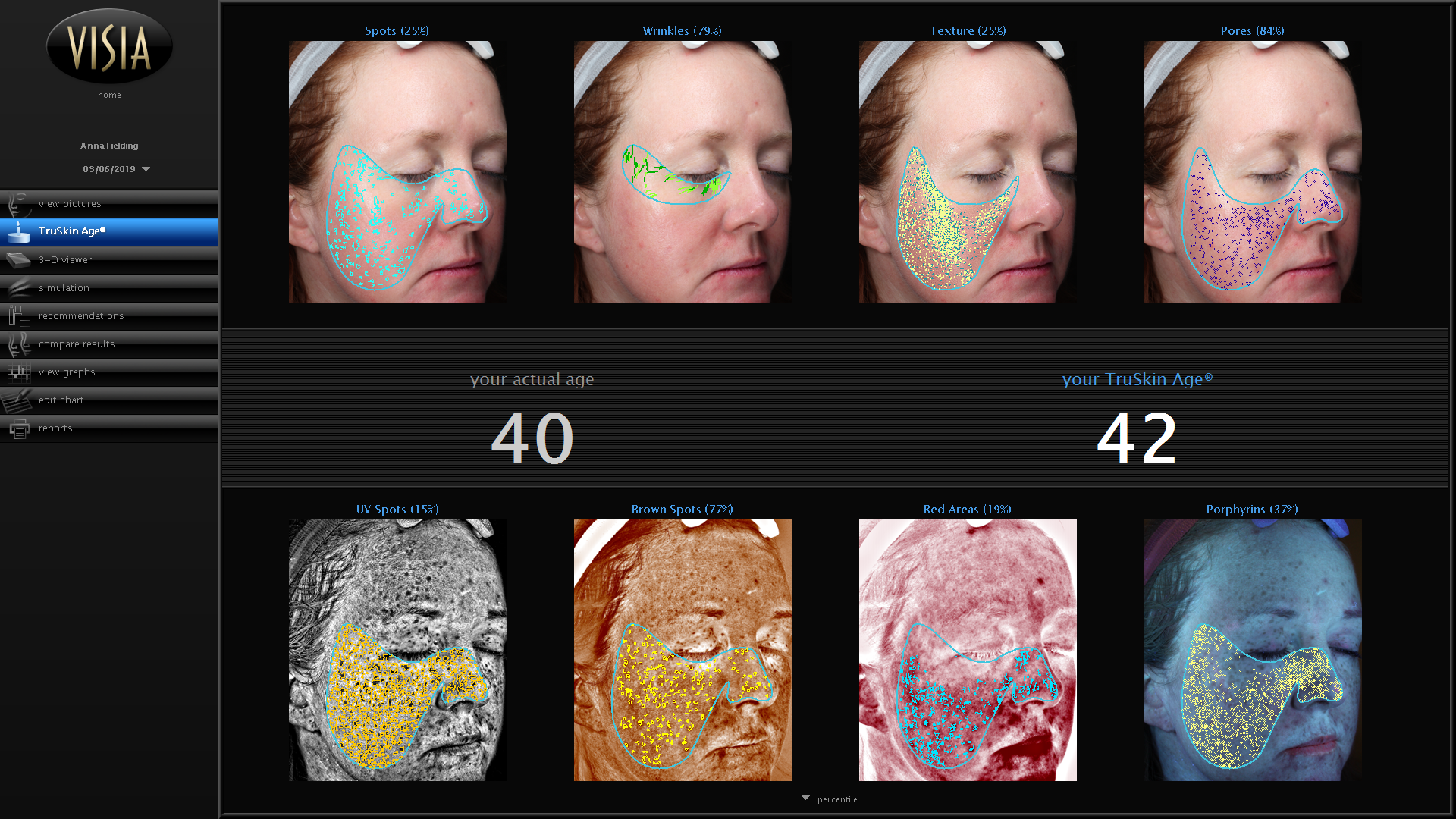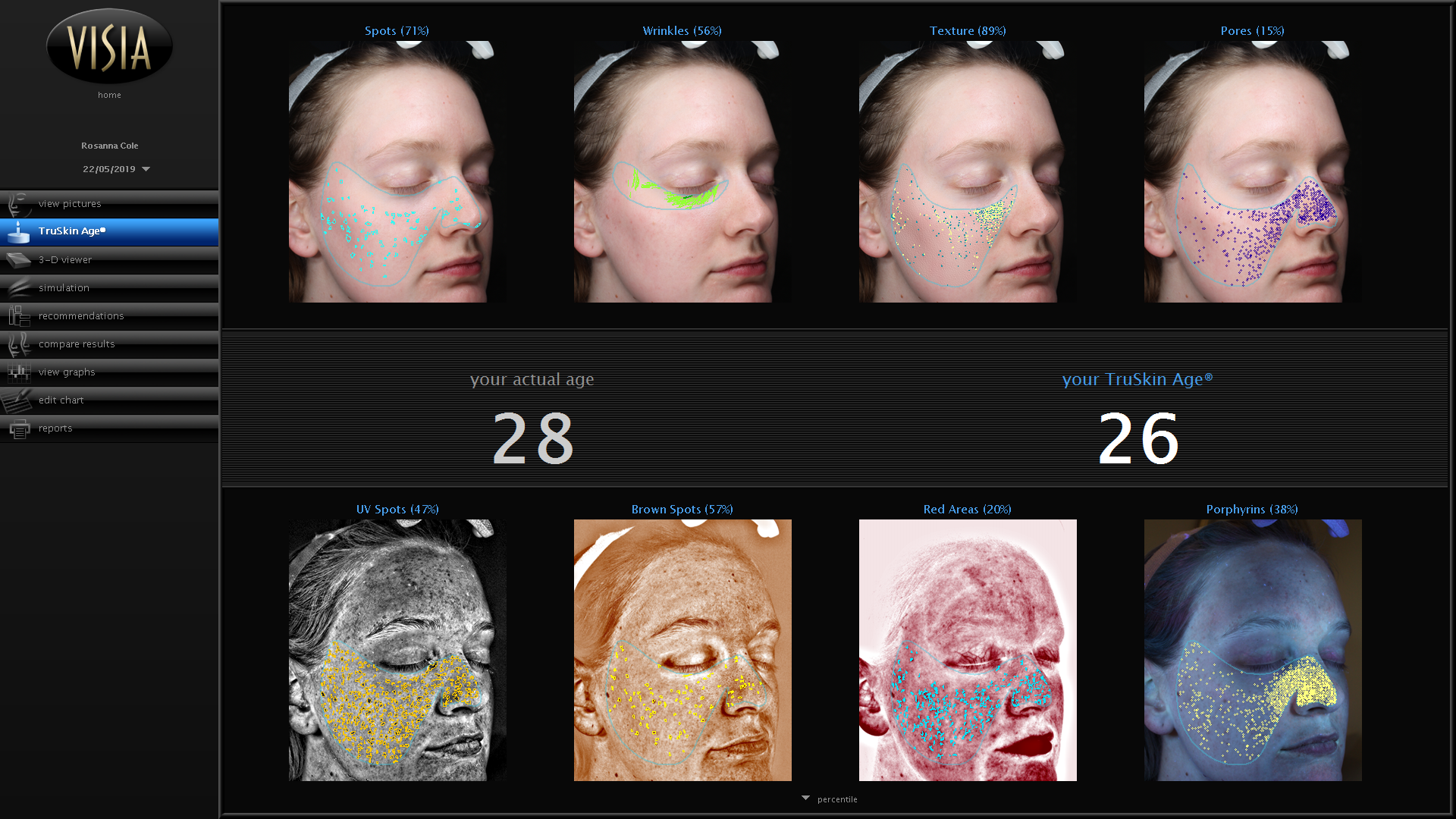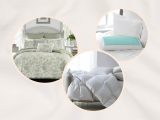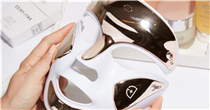
Wondering whether LED face masks really work? We put them to the test
01/04/2023Written by Lucy Partington
Freelance beauty editor Lucy Partington is obsessed with all things skincare, collecting eyeshadow palettes that she’ll probably never use, and is constantly on the hunt for the ultimate glowy foundation.
LED has been big news in beauty for a while now, but how much impact can “light therapy” have on the skin? Here, the Stylist team puts it to the test.
Cast your mind back to your design technology lessons at school, the ones where you made a Christmas badge with an LED (light-emitting diode) masquerading as Rudolph’s nose. Those same LEDs are now relevant to your adult life – in a way that has even greater benefits than getting top marks.
In fact, LED is one of the most powerful forces in skincare. Professionals have long prescribed it to remedy all manner of skin concerns, but now the innovation is making its way into homes via an influx of Power Ranger-esque masks and devices designed to be used for a few minutes every day. Face masks have become a go-to for at-home self-care at the moment, and LED may be the way forward.
In fact, many celebrities relied on the hi-tech skincare tool during the lockdown earlier this year. Chrissy Teigen posted a picture of herself wearing The Light Salon’s BOOST LED Mask, while Lily Collins used the CurrentBody Skin LED Light Therapy Mask in the season three premiere of Emily In Paris. Suki Waterhouse also posted a picture on her Instagram account showing herself wearing the CurrentBody mask, too.
So what exactly do these masks do? “LED therapy is a non-invasive treatment that uses different wavelengths of light to visibly improve and rejuvenate skin,” explains Kate Bancroft, nurse and founder of skincare retailer Face The Future. “Different wavelengths target different areas within the skin by sending energy into the cells to stimulate natural cellular responses.”
The most common wavelengths are red (which increases collagen and elastin production while reducing redness) and blue (kills acne-causing bacteria, regulates oil and sebum production, plus it’s anti-inflammatory). Green (to target pigmentation) and yellow (which helps wound healing), among others, are also available.
If your fad radar is bleeping then we understand, but light therapy can have a profound impact on the skin because cells respond in a similar way when vitamin C or retinol is applied. In short, LED can prompt skin cells to change or work harder.
Another plus point is that LED is suitable for all skin types, so it’s hardly a surprise that at-home devices are gaining popularity – Net-a-Porter reported a 100% increase in sales of both devices and beauty tools in 2019-2020. The only downside is LED masks cost from £50 up to £2,000, which undoubtedly makes them a real investment purchase.
One of the most popular LED devices is the Dr Dennis Gross DRx SpectraLite FaceWare Pro, £430, a medical-grade mask, which you use for three minutes a day.
Dr Dennis Gross’ DRx SpectraLite FaceWare Pro, £430
buy now
In a bid to see just how effective LED is, we road-tested the mask by sending three of the Stylist team to Harley Street’s L’Atelier Aesthetics for a Visia scan (which gives in-depth skin readings so changes can be tracked), then asked them to use the mask for 10 weeks, then undergo a follow-up scan.
Read on to find out how each tester fared and how effective LED treatments can be…
“I want to boost my dull complexion”
Hanna Ibraheem, a senior beauty writer, says:
“My first experience with LED was having a professional facial at Skin Laundry and it was a huge success (mostly because I got so many compliments from friends and colleagues) so the possibility of being able to recreate the results at home excited me. I have dull, sallow, combination skin and I’ve noticed lines deepening around my eyes. That means my skincare aims focus on hydration and evening out the tone – boxes the Dr Dennis Gross mask promises to tick.
While it looks like something stolen from Hannibal Lecter’s wardrobe, the mask does live up to the hype. Unlike slimy sheet masks that have a horrible habit of sliding down your face if you dare to even breathe, it’s comfortable to wear thanks to a supportive head strap, is easy to use (just press the button to choose one of three light settings) and you can’t feel any heat or friction.
Using the mask slotted into my daily routine pretty easily, too. I tend to shower and cleanse my face as soon as I get home, meaning I could settle down on the sofa and put on the mask while I binge-watched Jane The Virgin. The three-minute treatment was over before I knew it.
A few weeks in, I felt like my skin was improving, too. It seemed smoother, clearer and my cheeks even felt firmer – I couldn’t help but poke them occasionally. But then, about four weeks into the trial, a string of weekends away and holidays came up meaning the routine slipped. The mask was too big for my small suitcase, and I was worried it might break when I did have more room in a bigger case.
From then onwards, I found myself slipping in and out of using it. It seems ridiculous, considering how quick it is to use, but sometimes I forgot to charge it or I just couldn’t be bothered, opting to slap on serum and call it a night. That being said, the ease and results of the mask definitely make it a worthy investment. The improvement I saw in my skin was impressive and far outweighed the effort I had put in.”
The result
The Visia scans before and after using the mask (above) were able to analyse my skin in depth and show the difference in a multitude of factors, including: spots, wrinkles, texture, pores, UV spots, brown spots, red areas and porphyrins, which are bacterial excretions that can become lodged in pores and lead to acne.
Speaking to Emma Appleby, the aesthetician at L’Atelier Aesthetics, about my results, she said, ‘Your Visia scans over the 10 weeks showed a decrease in your skin’s age (from 27 to 26), a 24% reduction in spots, an 8% improvement in texture and a 25% reduction in redness. The mask used promises a clear, healthy-looking complexion and this is the case in your skin – it’s much brighter.’
Although I am happy with the results and how easy the mask was to use, I was hoping for a more dramatic change, but maybe if I’d been more consistent that might have been the case.”
“I’m after younger-looking skin”
Anna Fielding, contributor, says:
“I have rosacea. Certain things bring me out in a spotty rash around my lips, and splash red across my nose and cheeks. Unfortunately, this list of triggers includes several of skincare’s more potent anti-ageing ingredients. I’ve also just turned 40 and, despite knowing intellectually that I should value my face as it changes, in reality that just hasn’t happened. I want to look young and I want to not have spots. I am, ironically, vainer than I appear on the surface.
This mask promised a gentler way to address signs of ageing. You just had to lie back for three minutes a day while it beamed red light at your face. It is a weird-looking contraption, a whole pointed-nose face made out of white and gold plastic. ‘Creepy’ was the general response from anyone who saw it, as was ‘Venetian plague doctor’.
It is, however, really simple to use, and after each session my skin did feel softer, although I couldn’t tell you if this was the light or an effect of the coating inside the mask. During the 10 weeks I was trialling this, I had a death in my family and had to travel home every weekend for nine weekends – which means I can tell you the mask’s rigid shape isn’t the easiest to transport.
I also drank more than I normally would and ate nonsense, which may have skewed the results, but my skin did behave remarkably well, despite it being a period of extreme stress. I was reluctant to give the mask back when the test ended – even though I was mocked by family and friends for looking like a Power Ranger.”
The result
Emma says: “Anna’s Visia scans showed a five-year increase in her skin’s age (from 36 to 42), a 28% increase in spots, a 13% deterioration in texture and a 44% increase in redness. Unfortunately at the time of her second scan, Anna was having a rosacea flare-up which can cause an increase in skin redness, deterioration in texture and more spots. I would predict that the mask would help with rosacea flare-ups by helping to control the redness, but a longer study would be needed.”
“I want to get rid of my blemishes”
Rosanna Cole, producer/director, says:
“‘You look like something out of the Tron movie’ my boyfriend said as I placed the mask on for the first time. He wasn’t wrong.
Now, I’ll admit that I’m a bit lazy with my skincare. I have combination skin with an oily T-zone that’s prone to blemishes, particularly on my forehead and chin. I like to keep my routine simple – at night I cleanse, apply retinol, then moisturise. But sometimes I’m lucky if I manage to take my make-up off before bed, so it’s safe to say I was apprehensive about how adding another element would go. But I thought if I could find something that worked I’d be more likely to put the time in.
I was intrigued by LED therapy and this particular mask has both red and blue light. I used a combination of both which claims to stimulate the natural production of collagen for a smoother texture while also targeting acne-causing bacteria to prevent future breakouts. Perfect. I started using it once I’d got into bed while listening to a podcast, and I found it comfortable and easy to use.
The in-built timer was useful too, and one full charge lasted around a fortnight. For the first few weeks I was pretty consistent in using it, but I found it too bulky to take with me if I stayed at my boyfriend’s house.
I didn’t notice an immediate difference in my skin, which didn’t gave me much encouragement. I also didn’t notice any difference when I stopped, so I found myself forgetting to reach for it in the evenings. When the results are so slow and minimal, I sadly don’t think I’m ready to commit to expanding the skincare routine I already find challenging to stick to.”
The result
Emma says: “Rosanna’s Visia scans showed a decrease in her skin’s age (from from 27 to 26), a 50% reduction in spots, a 7% improvement in texture and a 2% reduction in redness. The red light aids collagen production and this plumps, smooths and evens out complexion, leading to the visible glow that Rosanna now has.”
Main image: Dr Dennis Gross Skincare
Source: Read Full Article
